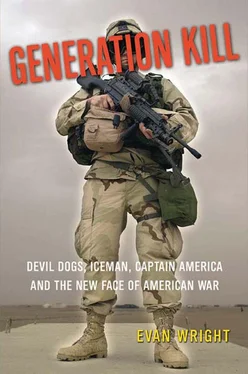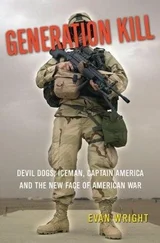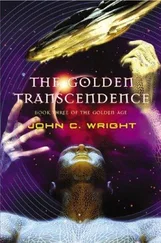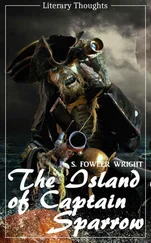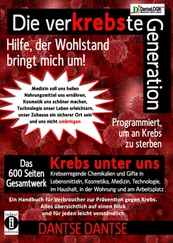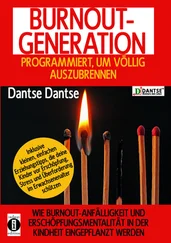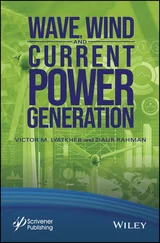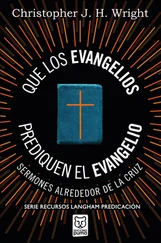Trombley turns, smiling gleefully, his red-infected eye shining brightly, and he shouts, “I got one, Sergeant!”
I can’t believe that he is so eager to get approval from the team that he is choosing this moment to take credit for his kills.
Colbert ignores him. Trombley eagerly goes back to shooting at people out his window. A gray object zooms toward the windshield and smacks into the roof. My hearing comes back as the Humvee fills with a metal-on-metal scraping sound. Yesterday Colbert had traded out Garza for a Mark-19 gunner from a different team. The guy’s name is Corporal Walt Hasser, twenty-three, from Taylorstown, Virginia. He bangs into the roof of the Humvee. Now his legs hang down from the turret, twisted sideways. He’s been hit by a steel cable that attackers have stretched across the street to knock down turret gunners. Another cable swipes across the roof.
Colbert calls out, “Walt, are you okay?” Silence. Person turns around, taking his foot off the accelerator.
The vehicle slows and wanders to the left. “Walt?” Person calls.
I grab Hasser’s leg by the calf and shake it hard.
“I’m okay!” he says, sounding almost cheerful. He was temporarily knocked unconscious, but isn’t hurt. Person has lost his focus on moving the vehicle forward. We slow to a crawl. Person later says that he was worried one of the cables dropped on the vehicle might still have been caught on Hasser. He didn’t want to accelerate and somehow leave him hanging from a light pole by his neck in downtown Al Gharraf.
“Drive, Person!” Colbert shouts.
“Walt’s okay?” he asks, apparently not having heard him.
“Yes!” Colbert shouts.
“Go, go, go!” Colbert and I both shout in tandem.
Person finally picks up the pace, and there is silence outside. We are still in the town, but no one seems to be shooting at us.
Colbert is beside himself, laughing and shaking his head. His whole face shines, almost like there’s a halo around him. I’ve seldom seen a happier man.
“Before we start congratulating ourselves,” Person says, in his unusual role as the voice of sanity, “we’re not out of this yet.”
ESPERA, IN HIS HUMVEE about thirty meters behind ours, sees the first wall on the way into the town light lit up with enemy muzzle flashes. He sees the smoke puffs of their rounds impacting along the roof and doors of Colbert’s Humvee, and realizes he will be next. For him, it’s all too much stimulus to process. Riding shotgun in a vehicle with no roof or door or armor of any kind, seeing the wall of fire he is about to drive into, his mind goes blank. Muscle memory takes over. He hunches over his M-4 in what he calls the “gangsta curl” and begins shooting. Like most others, he sees very few enemy fighters, just blank walls and muzzle flashes popping like strobe lights.
There are four other Marines in his Humvee. Garza, who had been on our Mark-19, now stands fully upright on the back of Espera’s Humvee, manning a .50-cal, which immediately jams. Garza remains at the weapon, frantically trying to recharge it—repeatedly pulling on a lever, pounding it with his fist, squeezing the trigger. Enemy rounds shred through the rucksacks and gear piled on the Humvee and ping off the metal flooring.
Reyes, in the vehicle directly behind them, watches Espera’s Humvee getting shot up. Reyes drives for Pappy’s team, and beside him Pappy appears calm. As they turn into the fire, Pappy says, sounding almost cavalier, “Here we go, boys.”
Because of the tightness of the turn into the town, everyone is going at lazy, parking-lot speeds, maybe ten, fifteen miles an hour. Reyes watches Espera’s Humvee veer sharply as gunfire on the right pours into it. Fixating on Garza standing at the broken .50-cal, he marvels at what he later describes as “the expression of fear mixed with determination” on Garza’s face as he remains standing, battling the jammed gun.
As soon as they see Hasser knocked down by a cable while on top of Colbert’s vehicle, Pappy and Reyes realize they have the only Mark-19 operating to suppress enemy fire. The Mark-19 in their open Humvee is manned by Manimal. Due to the limited training everyone in First Recon has received on this equipment, Manimal has only fired a Mark-19 a few times. He’s never done it from a moving Humvee, and it’s not easy. Aiming a Mark-19 isn’t like a rifle, where you just point it and shoot. The Mark-19 shoots 40mm grenades fed through it on a belt like a machine gun. Each round, about the size of a roll-on deodorant stick, can travel about 2,000 meters (though they’re only considered accurate at less than half this range). They can penetrate up to two inches of armor, and when they burst, they spray shrapnel in all directions. Their shrapnel bursts have a “kill radius” of five meters and a “maiming radius” of fifteen. Mark-19 grenade rounds have an elliptical flight path, so after you point it in the proper direction, you then have to tilt the barrel up or down, depending on how far away the target is. This is done with a tiny wheel you have to spin, and doing it from the back of a bouncing Humvee, in a fifty-mile-per-hour dust storm, while people are shooting at you, is about as easy as changing a flat tire on a car parked on a hill during a blizzard. On top of all this, you’re not supposed to shoot a Mark-19 (or a single-shot 203, which fires similar rounds) at anything less than seventy-five meters away. The problem is, rounds sometimes bounce back and blow up in your face. But while going into that first turn, Manimal ranges in on targets that are within five to twenty meters distant. He launches more than thirty grenades into the first set of buildings, where enemy forces are concentrated, and collapses the whole side of one of them.
Fick, driving behind Manimal, says later, “I saw all those muzzle flashes along that wall. Then Manimal brought a whole building down. Whatever had been shooting at everyone there wasn’t shooting at us. It was just a pile of smoking rubble.”
IN COLBERT’S VEHICLE, as soon as we make the T-turn near the end of the town, we hear gunfire ahead. Set back from the road are several squat cinder-block buildings, forming a small industrial district. White puffs of smoke streak out from the buildings: more enemy fire. Person floors the Humvee. Colbert and Trombley start shooting again.
As we swing under a blown-up telephone pole hanging sideways in the street, Trombley glimpses an Arab in black robes crouching by the road near some sandbags. He sprays him with a long burst. “I got another one!” he shouts. “I cut him in half!”
A white haze in the distance marks the end of the city. We fly out onto a sandy plain that looks almost like a beach. The Humvee lurches to a stop, sunk up to its doors in sabka. Sabka is a geological phenomenon peculiar to the Middle East. It looks like desert on top, with a hard crust of sand an inch or so thick that a man can walk on, but break through the crust and beneath it’s the La Brea Tar Pits, quicksand made of tar.
We jump out, hunching low. The gunfire all around us sounds like trains banging down railroad tracks. There’s a row of Humvees and trucks just south of us, pouring everything they have into the city.
Espera’s vehicle halts about twenty meters behind ours. His driver can’t figure out why we stopped. Gunshots ring out from the town. Then there’s a massive explosion off the back tire of Espera’s Humvee—an errant Marine Mark-19 round. Thinking it’s enemy fire, a Marine in Espera’s vehicle jumps out to take cover in a nearby berm. Espera, “scared as a motherfucker,” ponders jumping out and abandoning the Humvee too, but he looks up and sees Garza relentlessly, almost insanely at this point, pulling the slide back and forth on his broken .50-cal, still trying to shoot it. Just before rolling through the town, Garza told Espera, “Whatever happens, just promise me you won’t leave me alone.”
Читать дальше
